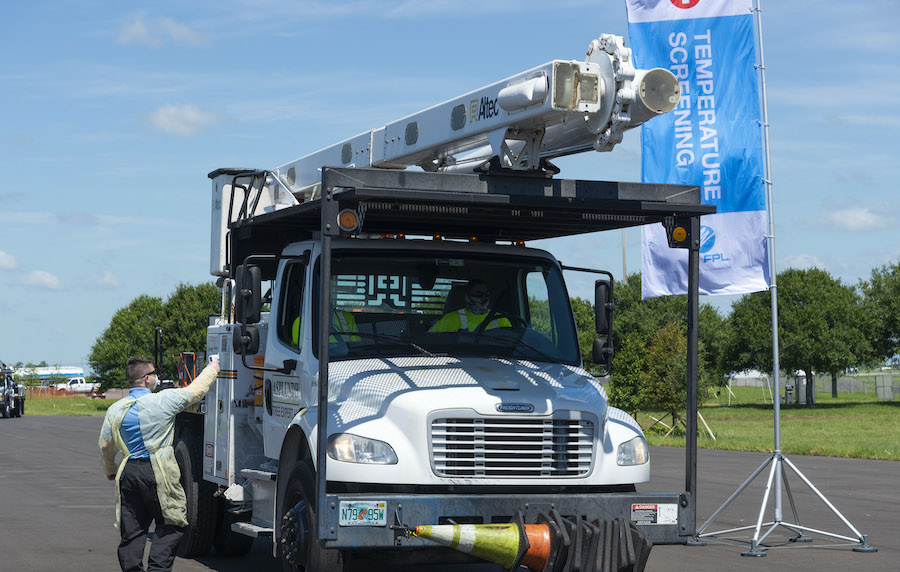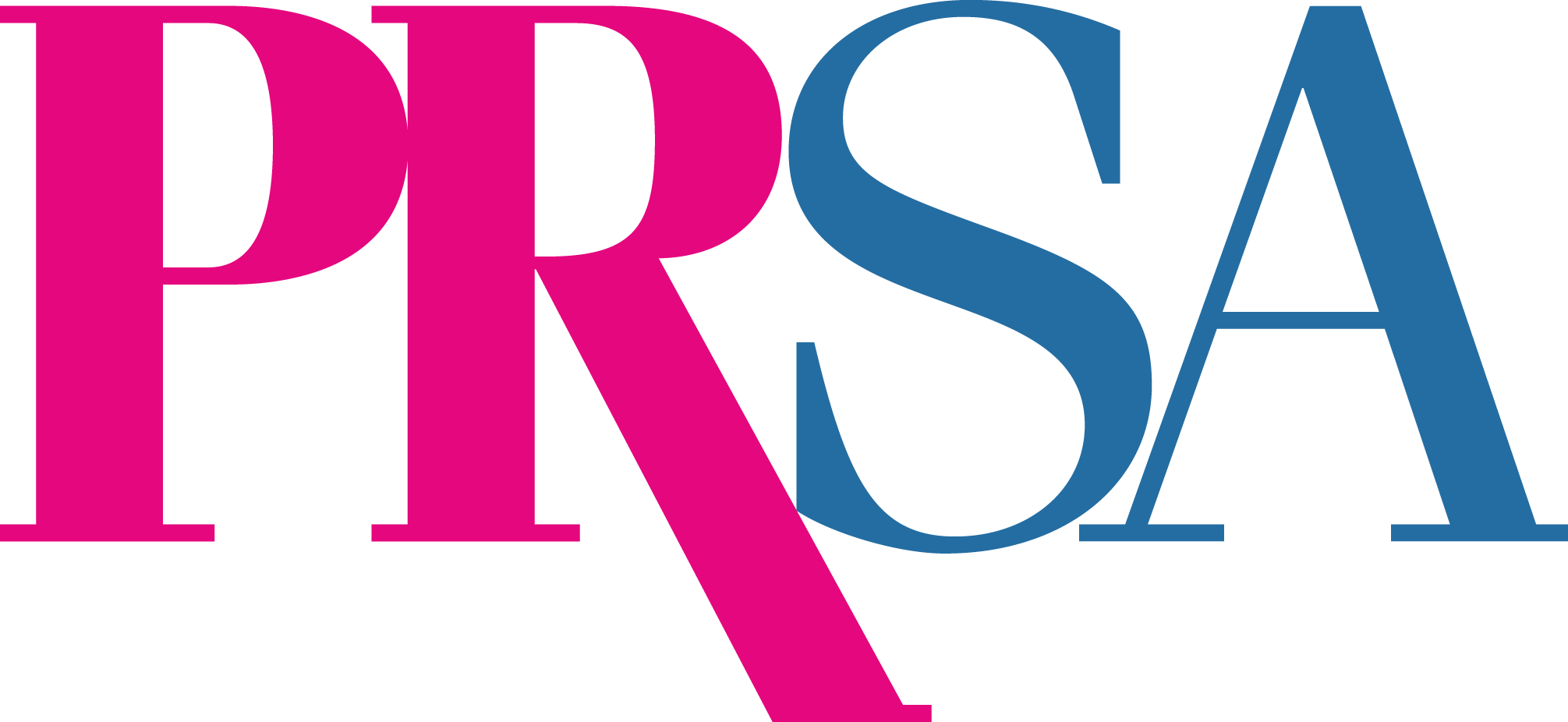How the Pandemic Impacted This Utility Company's Storm Response
By Bill Orlove, APR
May 2021
At Florida Power & Light Company, the largest electric utility in the Sunshine State, we take hurricane season very seriously.
Although the season begins on June 1, we prepare year-round to make the energy grid stronger, smarter and more storm-resilient so we are in the best possible position to respond to what Mother Nature throws our way.
In addition, we train our nearly 9,000 employees who all have dedicated emergency roles so they are ready to support our power restoration efforts when a tropical storm threatens our more than 5.6 million customers, which translates to more than 11 million people.
As communicators, we have a proven approach to respond and distribute our main messages to customers:
• We prepare year-round, and we have a plan to respond when severe weather impacts our customers.
• Our customers need to prepare and have a plan, as well.
• We are committed to working around the clock to restore power safely and as quickly as possible, and we won’t stop until everyone’s lights are back on.
• We will provide customers with updates on our restoration progress through a number of channels.
But what happens when the COVID-19 pandemic becomes widespread three months prior to hurricane season?
While our commitment and messages stay the same, for the most part, the communication team, like the rest of the company, must consider the foundation of our business: safety. That meant pulling together our pandemic team to implement our plan, following all CDC guidelines and flexing the organization to demonstrate how we can prepare and respond to the threat of hurricanes in the midst of a global pandemic.
For flexing, our messaging incorporated the pandemic’s possible impacts on the company’s response to a storm. While our commitment to customers does not change, we wanted to set expectations that power restoration may be delayed due to extra safety measures and sanitizing undertaken by our crews, and the possibility of being challenged to bring additional out-of-state crews to assist, as well as other factors.
Prior to June 1, we use our various channels to remind customers of storm preparation. While 2020 wasn’t any different, we wanted to demonstrate the added nuance of pandemic messaging to our standard hurricane messaging.
Annually, we provide media and community leaders with an opportunity to tour our Command Center, a news conference with our president and CEO, and a demonstration of the technology and techniques we use to restore power safely and quickly after a storm.
A pandemic-era preview
Due to the pandemic and health precautions at the time, we could not have a tour of our facilities that were restricted to essential personnel.
The solution? Use an emergency preparedness training exercise to demonstrate how the pandemic changes our approach but not our customer commitment. Our team needed to determine the protocols for testing crews in the field, separating those who tested positive for the coronavirus and even how to feed them three meals a day, among other activities.
This exercise, held at a county fairground nearly 60 miles north of our Command Center, gave us the opportunity to provide the media, local leaders and customers our messaging, including the previously mentioned news conference, while practicing social distancing and all CDC guidelines.
We were able to attract 10 media outlets to the demonstration, some traveling more than two hours to the site, resulting in 50 statewide print, online and broadcast stories.
This demonstration helped us as a communication team prepare for the most active hurricane season on record. FPL responded to two storms that affected its customers (Hurricanes Isaias and Eta) and provided assistance five separate times to communities outside our service area that were impacted by hurricanes, traveling as far north as New Jersey and as far west as Texas.
An opportunity to learn
As with any operation, we always look for lessons learned and how we can improve. The pandemic certainly provided us with opportunities to up our game and find solutions to issues we didn’t anticipate. Here are a few:
• Separate teams: When fully operational, our Command Center teems with dozens of personnel from all parts of the company to coordinate our response efforts. Social distancing and other safety measures limited the staffing. What happens if those at the Command Center test positive for the coronavirus? Who takes their place?
For our essential communication staff, we divided our teams so there was one group that reported to the Command Center and the other worked from a separate location or home. Each team had the capabilities to take over if the Command Center team could not function.
• Collaboration tools: At the beginning of 2020, our company started using various collaboration tools to communicate remotely.
Considering the separation of the team, the platforms, which can’t be named due to cybersecurity concerns, helped us stay in contact with each other. This technology helped us share updates, documents and video for media distribution, and create broad or smaller groups for discussions.
In addition, the tools helped us provide remote media interviews and maintain open chat rooms so staff could pose questions to each other as if they were in the same room. We have staff and contractors who work remotely throughout the state and out-of-state, so it was important to have reliable communication tools to remain in close contact.
As we enter another hurricane season with the pandemic, we are better prepared to communicate to our customers having gone through last year. Having a plan is standard operations; making that plan flexible and incorporating lessons learned is key.



